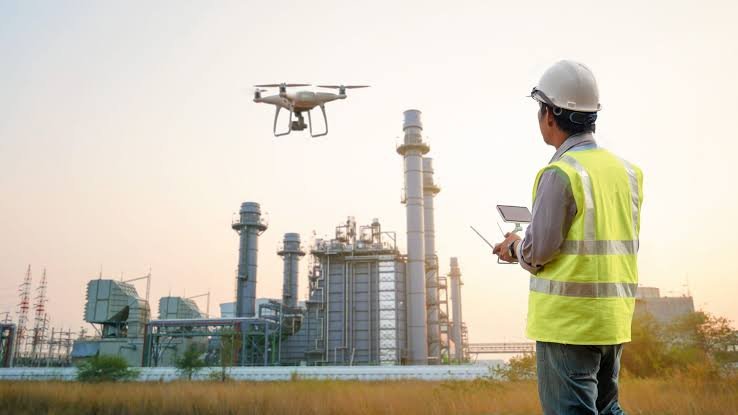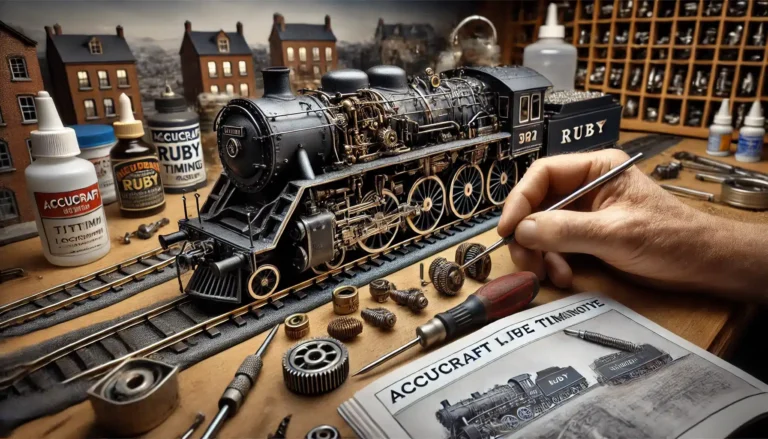
Conventional construction drafting has been revolutionized in recent years by automated drafting. Technological innovations with the help of software and AI have made drafting automated to such an extent that the drafts can prepare the construction plans, designs, and estimated costs within a short period. With the development of these technologies, automated drafting can only become more widespread and advantageous to the construction business.
Present Status of Automated Drafting
At the moment, most construction companies have started using basic automation drafting for simple tasks such as drawing layouts or structures. The software can work according to the building codes and standards provided and it can draw layouts, fix fixtures, and pipes/wires, and also estimate the quantity of building material required all of which would take a fraction of the time that would be required for a manual drafting.
This has led to the emergence of service providers such as CAD Conversion, which converts old blueprints and drawings to new digital drafting platforms. It has also enabled small contractors to get services such as Plumbing Shop Drawing Consulting to outsource the technical drawings that are necessary for permits. Even today, most of the automated drafting has to go through the final human check, but there is increasing usage of artificial intelligence for more self-driven drafting.
Advantages of Using Automated Drafting
Automated drafting delivers multiple advantages over manual approaches:
- Time-saving – This is because the software can draft in hours what it normally takes human beings to do in days.
- A drafter takes time to produce drawings and plans which can be time-consuming and costly for large projects. Lower labor costs by decreasing drafter staffing requirements.
- Possibility to minimize human error in the drafting of legal documents.
- The power of swift processing of design options to determine the ideal plans.
- Incorporation of cost estimating to ensure the cost of the projects does not go astray.
These efficiencies enable the construction firms to bid for more projects and speed up construction. This is because drawing allows the creation of precise schematic layouts of the parts to be produced and fabricated by manufacturing equipment such as CNC manufacturing machines. Combined, this is already significantly advancing the clock in how fast buildings can be conceptualized and constructed.
Ongoing Developments
Current technological advancements such as BIM, cloud computing, and AI have been adopted by automated drafting platforms to enhance functionality. With the generative design AI, there is the ability to generate creative solutions based on the set specifications and limitations.
This can be achieved through the use of cloud-based applications where drafting teams that are remotely located can work on model-based blueprints with real-time updates. Innovative touchscreen panels enable onsite personnel to study and interactively annotate 3D layouts.
Such connections with, for example, Wood Framing Cost Estimators offer comprehensive pricing feedback for material, equipment, and construction steps as parts of extensive automated planning. Several recent sources state that augmented reality will soon associate virtual models with actual construction sites for more convenient guided assembly.
The Outlook for the Future
The future of CAD Co nversion Services is that along with automation in drafting, other areas such as prefabricated modules will revolutionize building shortly. Highly accurate computer-controlled equipment will be run automatically, around the clock for the construction of commercial and residential structures that could not be built as quickly or accurately by hand.
Construction sites will work more in line with efficient manufacturing facilities rather than being highly manpower-intensive projects. Other sample emerging technologies such as automatic equipment, drones, and auto-mobiles will also improve most ramifications of construction.
The AI apps will also be able to perform complex architectural innovation and brilliant engineering designs that would earlier demand human intelligence. Thus, there are exponential efficiency improvements, and the construction of housing, workplaces, and infrastructure for the global urban population appears to be gearing up for a historical pace of increase.
Conclusion
Automated drafting and related construction automation will bring step-function improvements to the productivity of the sector while also reducing costs. Design options once limited by slow manual drawing will become available to the builders and make them more creative. Assembly will take the place of complex on-site construction procedures that will lead to a manufacturing system to create quality structures.
Every planning decision is optimized by integrated cost estimators. It will be easier to construct buildings much faster, cheaper, and perfectly suited to the intended use. Automated construction will take the world in a way that helps in improving our built environments as per our dreams.
However, much more drastic changes are still ahead of the traditional construction industry since the automation of drafting is not the only phenomenon that is changing the industry – this is all linked with the advent of artificial intelligence, robotics, and smart design.







